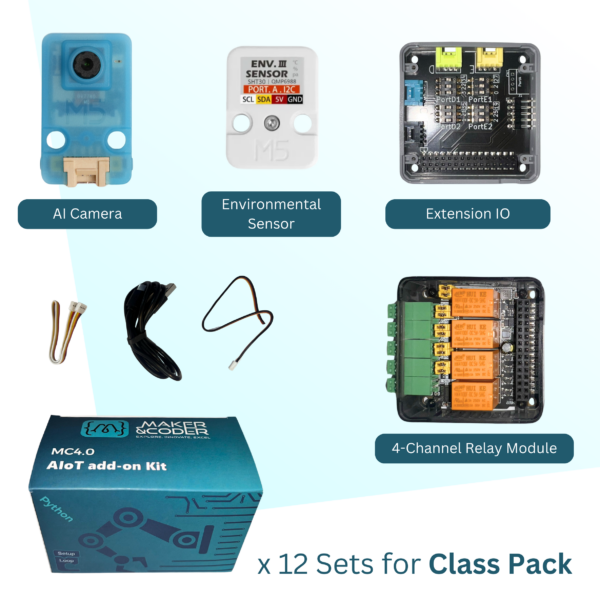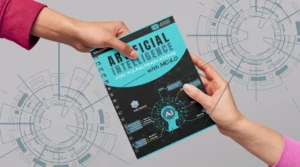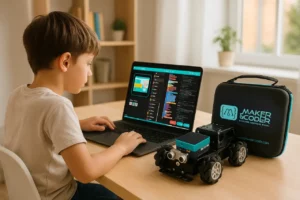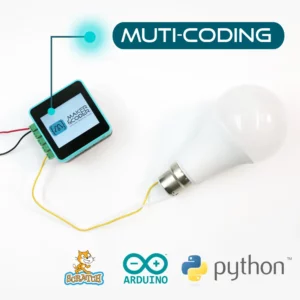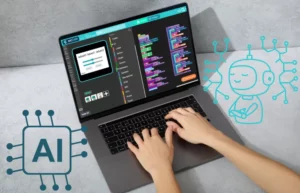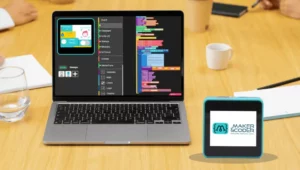Imagine a world where robots are not just a part of sci-fi fantasies but are integral to solving real-world problems. This is the future we’re steering towards, thanks to robotics innovation.
Understanding Robotics Innovation
At the heart of robotics innovation lies the quest to mirror human intelligence and capabilities, creating machines that can assist, enhance, or even replicate human actions. It’s a multidimensional field that synergizes mechanical engineering, electrical engineering, and computer science, among others. This blend of disciplines signifies the limitless potential and applicability of robotics in our future.
But why does this matter? Consider the challenges humanity faces today, from healthcare crises to environmental disasters. Robotics innovation stands as a beacon of hope, offering solutions that were once deemed impossible. The precision of a robot in surgery or the ability of automated systems to monitor and respond to ecological changes are just the tip of the iceberg. It’s this innovative spirit that drives progress.
The Impact of Robotics on Education
Introducing robotics into educational settings transforms the traditional learning environment in unprecedented ways. It turns abstract concepts into tangible, interactive experiences, making learning more engaging and effective. Robotics challenges students to think critically, solve problems, and work collaboratively, skills that are invaluable in any field of study.
Moreover, by integrating robotics into the curriculum, educators can spark interest in STEM fields early on. It’s an opportunity to inspire future scientists, engineers, and mathematicians, showing them the real-world applications of what they learn in the classroom.
Robotics in STEM: Enhancing Learning and Skills
Robotics innovation serves as a catalyst for advanced learning and skill development within STEM. It embodies the practical application of theoretical concepts, bridging the gap between knowledge and practice. Students not only understand the how but also the why behind STEM principles, fostering deeper insights and a more robust learning experience.
This immersive approach also highlights the interdisciplinary nature of robotics, showing students how different fields of study intersect and interact. It encourages a holistic understanding of STEM, where knowledge is not siloed but interconnected and dynamic.
Furthermore, robotics competitions and hackathons provide a platform for students to showcase their creativity and ingenuity. These events are not just about winning; they’re about learning from failures, adapting to challenges, and persevering. Such experiences are invaluable, instilling confidence and a can-do attitude in young minds.
The Role of Robotics in Future Workforces
As we look to the future, the role of robotics in the workforce becomes increasingly significant. Automation and robotics technologies are reshaping industries, creating new job opportunities while rendering others obsolete. It’s a shift that requires a new breed of professionals, skilled in robotics and comfortable with rapid technological change.
This evolution emphasizes the importance of robotics education and innovation. By equipping students with the necessary skills and knowledge, we’re preparing them for the jobs of tomorrow, many of which will center around or heavily involve robotics. It’s about future-proofing the workforce, ensuring it can adapt, evolve, and thrive in a tech-driven world.
Challenges and Opportunities in Robotics Innovation
While the potential of robotics is vast, the road to innovation is fraught with challenges. Technical hurdles, ethical considerations, and the digital divide pose significant barriers to the widespread adoption of robotics. Yet, each challenge also presents an opportunity for growth, learning, and advancement.
Addressing these challenges requires a collaborative effort between governments, educational institutions, and the private sector. It’s about creating frameworks that not only advance technological capabilities but also consider the societal impact of robotics. This balanced approach ensures that robotics innovation benefits everyone, herald together a future where technology serves humanity.
Encouraging Young Innovators: How to Get Involved with Robotics
For young enthusiasts eager to dive into the world of robotics, there are countless ways to get involved. From joining robotics clubs at school to participating in online communities, opportunities abound. These platforms provide a space for learning, experimentation, and networking with peers and professionals in the field.
Moreover, many organizations and universities offer workshops, bootcamps, and competitions geared towards young innovators. These events not only hone technical skills but also teach valuable life lessons in teamwork, leadership, and perseverance. It’s about building a solid foundation, one that supports a lifetime of learning and exploration in robotics.
Looking Ahead: The Future Powered by Robotics Innovation
As we stand on the brink of technological breakthroughs, the importance of robotics innovation in shaping the future of STEM cannot be overstated. It’s not just about building robots; it’s about nurturing a new generation of thinkers, innovators, and problem-solvers. Robotics offers a unique window into the practical application of STEM principles, fostering a deeper understanding and enthusiasm for these fields among students and professionals alike.

